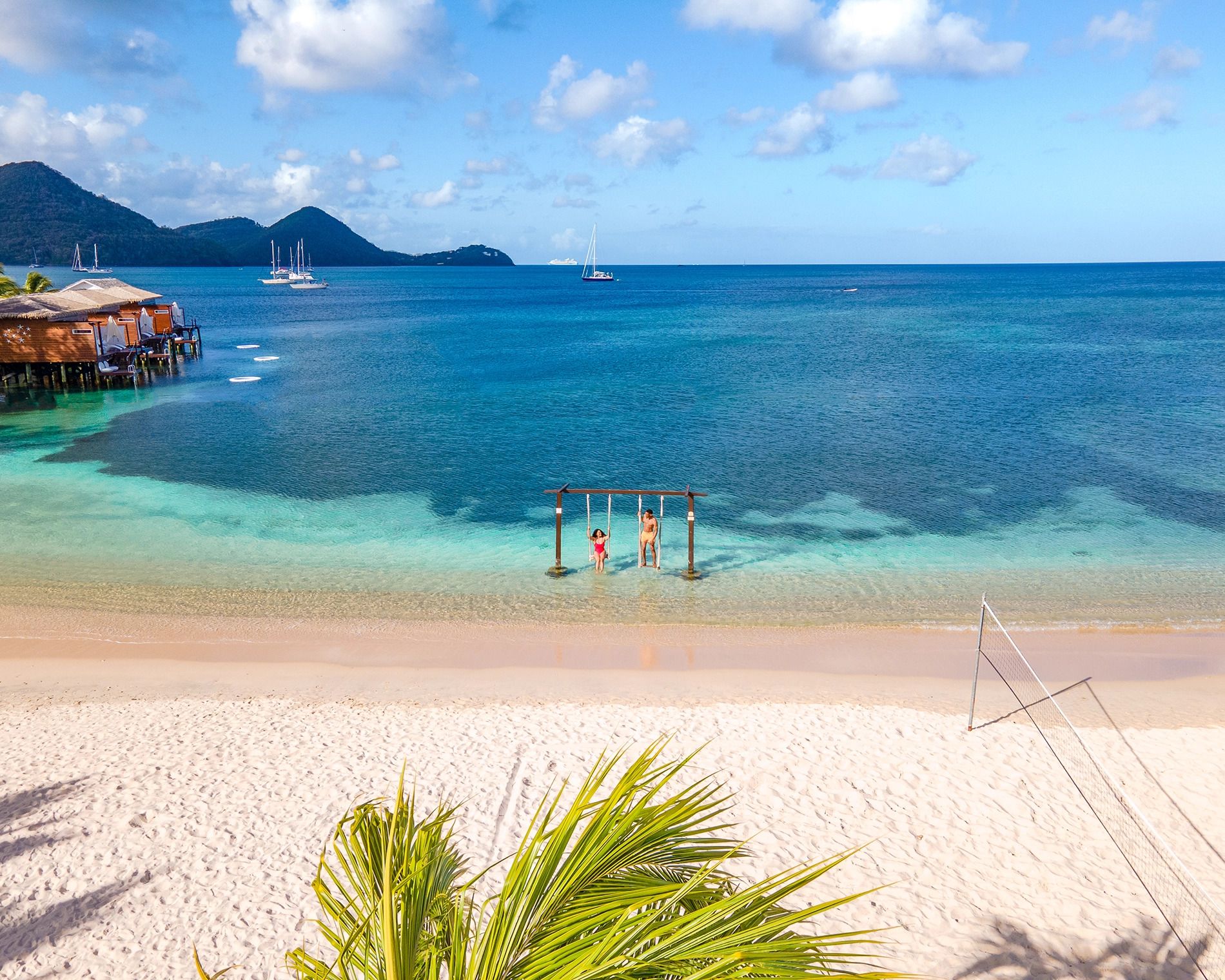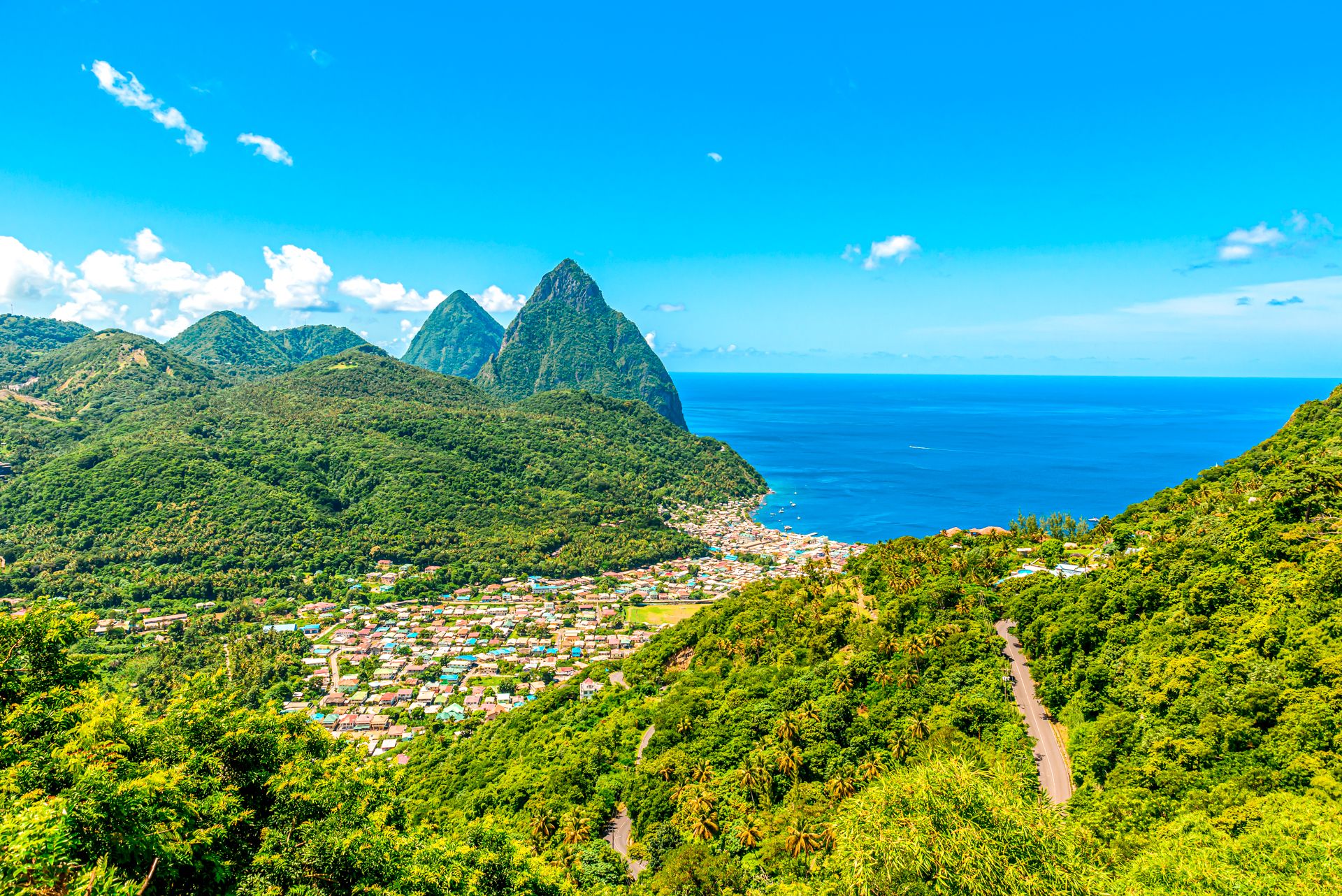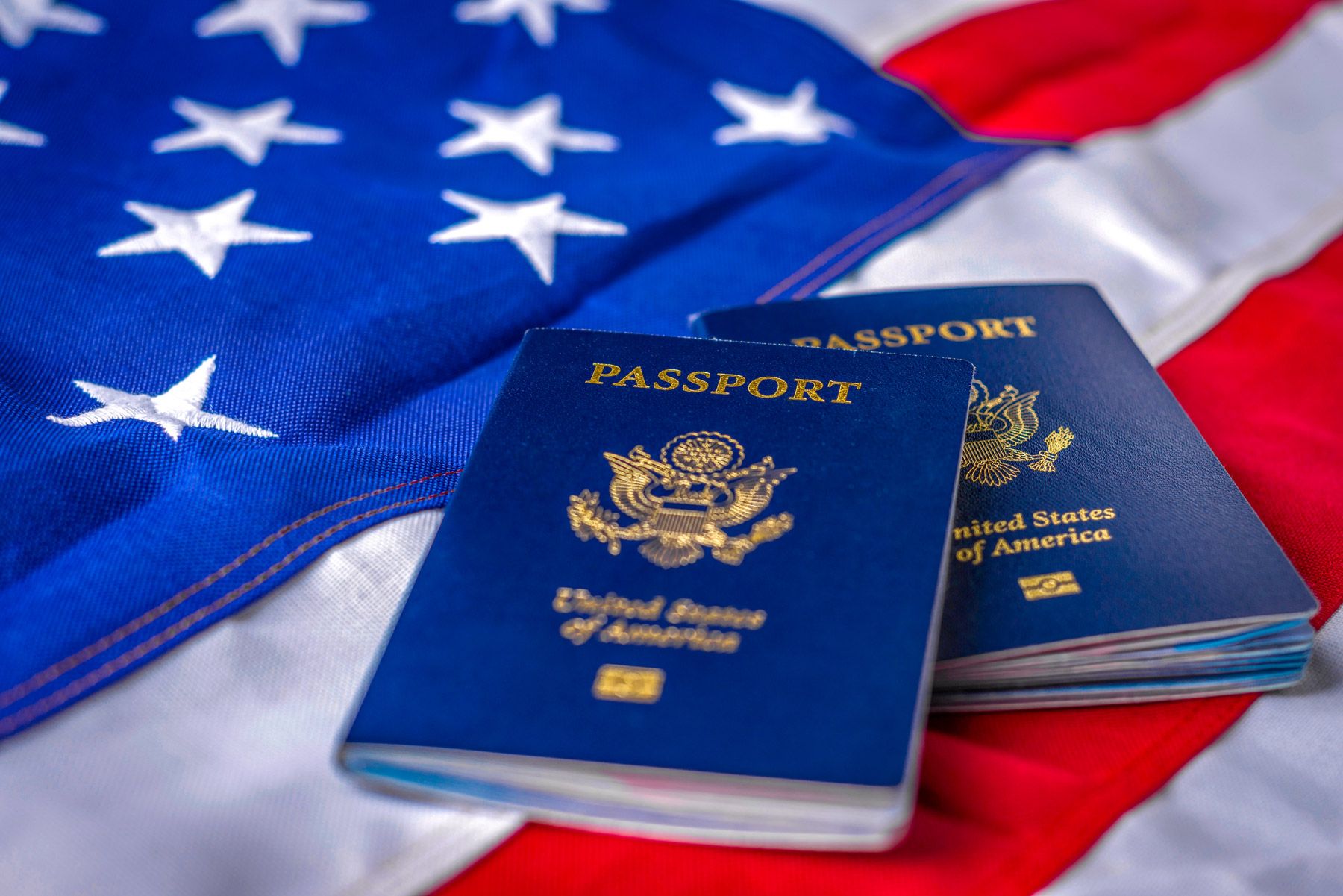Shark Diving In The Bahamas: The Underwater Thrill Of A Lifetime
There are many wonderful reasons to visit The Bahamas.
Most of them revolve around the hypnotic blue seas this territory is known for. With 700 islands and thousands of cays to explore, The Bahamas is nothing less than a paradise for vacationers, especially divers of all kinds. Shark diving in The Bahamas offers incredible opportunities to get close to these amazing creatures of the deep.
Divers are lured by the country’s wide array of dive sites and the variety of sea creatures regularly spotted beneath its waves. Many shark species call this region home, and sightings can include Great Hammerhead Sharks, Hammerhead Sharks, Tiger Sharks, Bull Sharks, Lemon Sharks, Caribbean Reef Sharks, Oceanic White Tip Sharks, Silky Sharks, and Nurse Sharks.
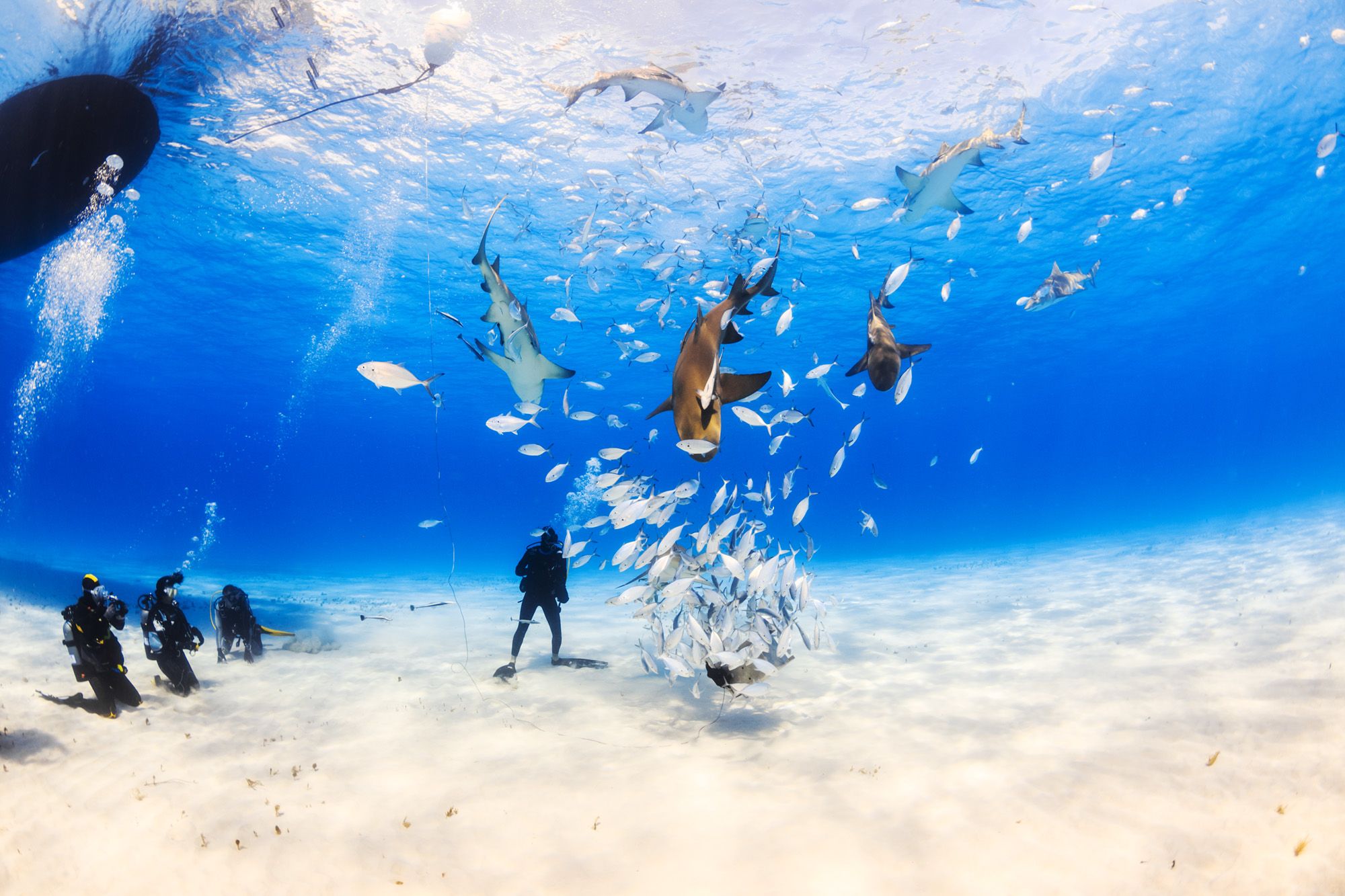
The irresistible opportunity for a scenic, eventful dive compels divers to drop everything and head to The Bahamas. If you are ready to plan a shark dive, or any other kind of dive, in The Bahamas, here’s what you need to know...
How shark diving in The Bahamas works
Shark diving in The Bahamas is so incredibly exciting that both aspiring and seasoned divers should try to tick this experience off their bucket list. There are lots of dive locations to choose from and shark diving excursions are led by knowledgeable, experienced guides. Here are some things to keep in mind if you are considering a shark dive adventure in The Bahamas:
What to expect when shark diving in The Bahamas
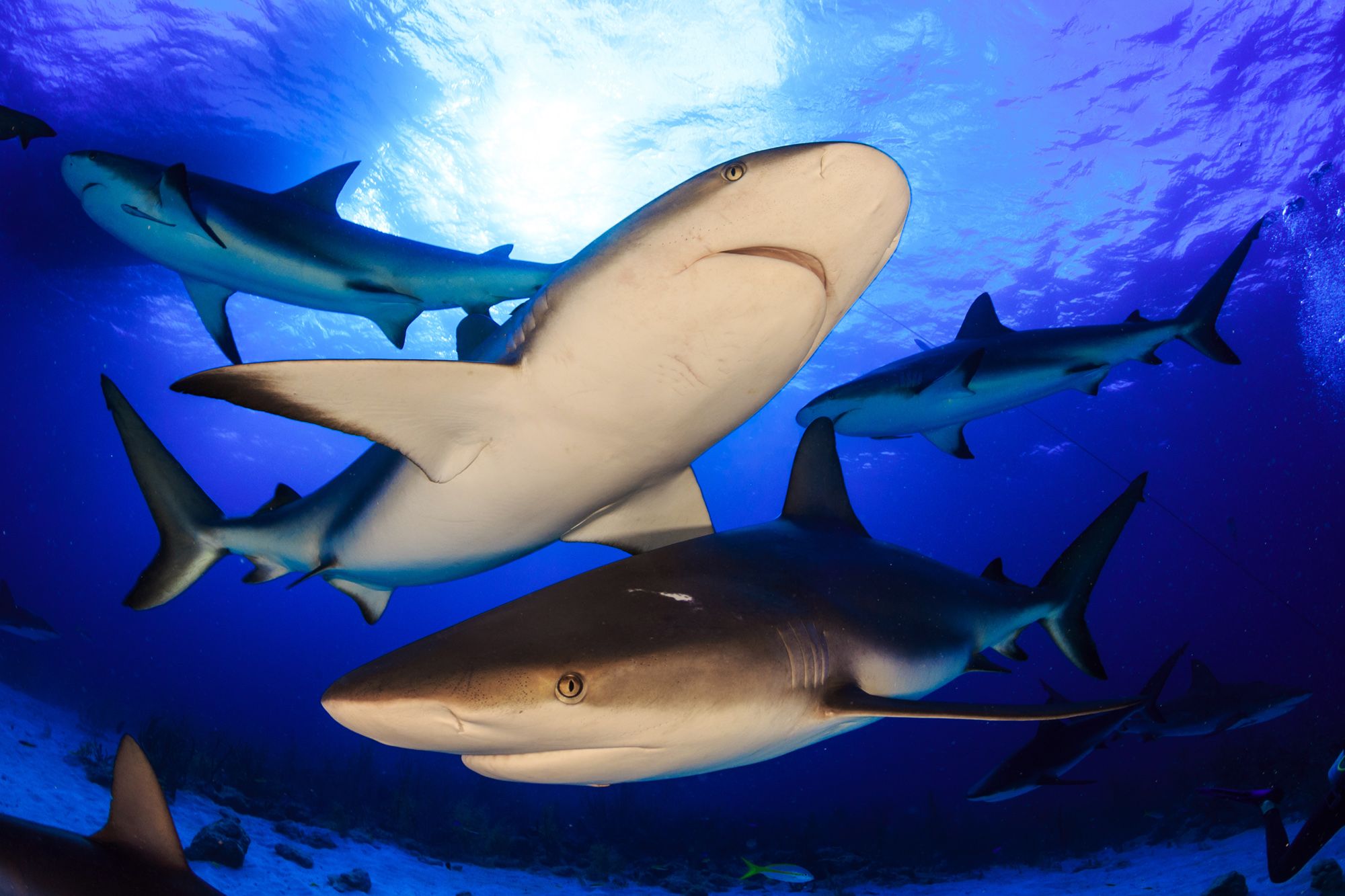
Ahead of your trip, the dive masters usually share instructions and safety guidelines with divers. If you’re on a shark dive, this briefing session may include information on the shark species you can expect to see, and what to do when you encounter a shark.
While some shark diving adventures do include cages for the safety of divers, in regions like The Bahamas, there are unique opportunities to swim safely in open waters with sharks. These encounters center around more docile types of sharks, allowing more and more people to dive in for this once-in-a-lifetime experience.
Keep in mind that while shark diving in The Bahamas, you won’t have to worry about being left alone with sharks. Your guides will be there throughout the encounter and you can trust that they know how to keep everyone safe.
Stick with a professional dive company and you’ll be in good hands!
Do I need to be a certified diver?
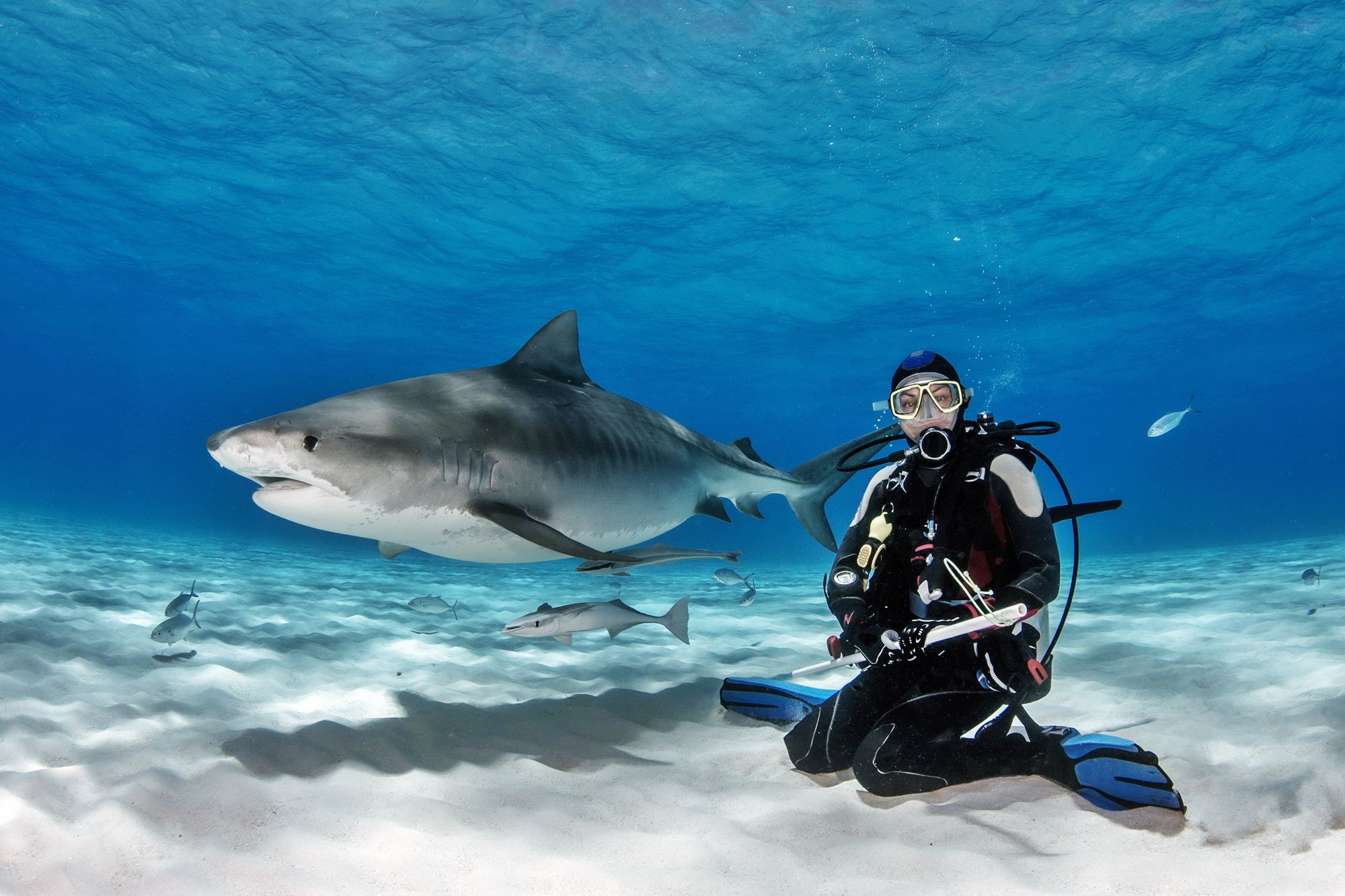
While divers have to be certified to take part in most shark dive experiences, there is usually the option to snorkel with a cage dive. This depends entirely on the dive company. If you have never dived before, you may also like to take the opportunity to become a certified diver while on vacation in The Bahamas. You can consult your dive company to confirm which certifications they require to facilitate this amazing experience.
How much does shark diving cost in The Bahamas?
The cost of shark diving in the Bahamas varies greatly depending on the dive company, location, length of the excursion, number of tanks, and other factors. You may also have to consider the additional cost of renting equipment. On average, a shark diving experience in The Bahamas could cost anywhere from $130 USD to $440 USD per person depending on the location and the shark species you are looking for. This price does not include transportation, equipment rental and speciality courses.
It is a good idea to check with the dive company you are considering to confirm what’s included in your price. To reduce the cost of your experience, you may also think about going with one of the all-inclusive resorts in The Bahamas where scuba equipment is included for certified divers.
Where to find the best shark diving in The Bahamas
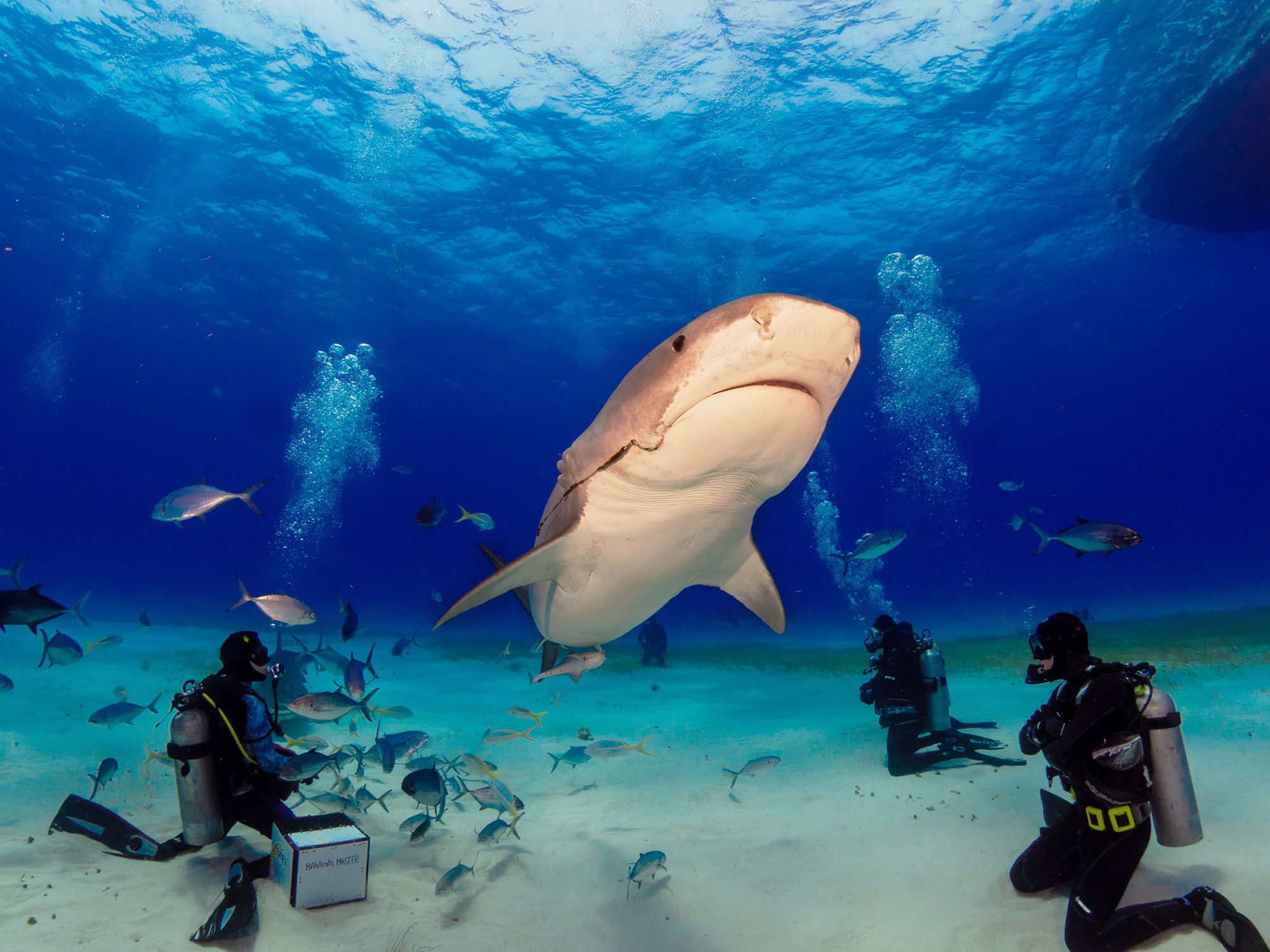
Diving in The Bahamas is an incredibly memorable experience. There are a few islands to consider when choosing where to dive with sharks in The Bahamas:
Nassau / New Providence
New Providence is the hub of all touristic activity in The Bahamas. It is home to Nassau, the country's capital city and one of the more popular locations in The Bahamas for diving. Its proximity to the United States makes Nassau a perfect option for travelers looking to experience a tropical getaway while avoiding a long-haul flight. There, you can partake in unforgettable diving experiences without venturing into the more distant islands.
Divers love Nassau because it is convenient (loads of restaurants, bars, resorts, shopping, entertainment), and also promises tons of incredible dive sightings. Shark divers can look forward to seeing Caribbean Reef Sharks, Silky Sharks, and even the occasional Tiger Shark. It is not uncommon to see other types of marine life including fish like the Nassau Grouper, stingrays, and sea turtles while diving in this area.
The dive adventures you can choose from when in Nassau include shark feeding dives, which are set up by dive teams. If you have your heart set on a shark dive, ensure that you go with a reputable company.
Expert tip: Plan your stay at an all-inclusive resort in Nassau like Sandals Royal Bahamian to enjoy as much food and (alcoholic) drinks as you wish, without worrying about your budget. On top of that, Sandals offers all their guests free scuba diving (max. two tanks a day) - this includes professional equipment!
Grand Bahama
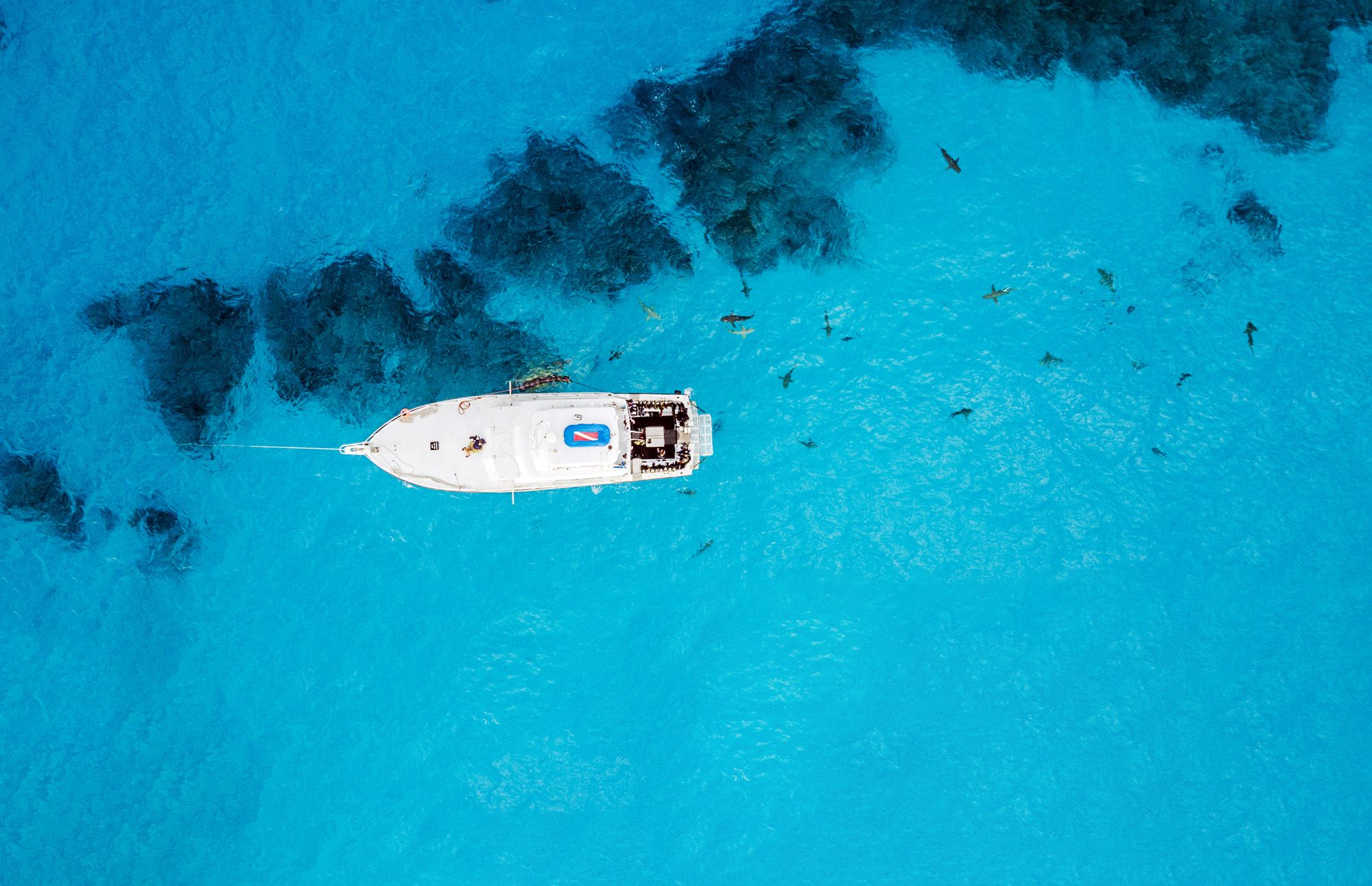
Bahamian waters are great for diving of all kinds, but one of the outstanding islands for shark diving is Grand Bahama. This island is located just around 100 miles east of Palm Beach, Florida, at the northernmost tip of The Bahamas. Grand Bahama is the 4th largest island in the country and it’s loved by divers because there’s just so much to see.
Tiger Beach is a popular spot to shark dive in Grand Bahama and is found about 20 miles off the island's west end. It sits on a shallow sand flat with crystal clear waters and thriving coral reefs that are home to a plethora of marine life including moray eels, groupers, snappers, and sea turtles.
Tiger Beach is also one of the best places in the world to encounter Tiger Sharks. It is common to see as many as 17 pelagic tiger sharks together in this area as well as other species like Lemon Sharks, which love foraging for food in sandy inshore areas. Other sightings can include Nurse Sharks, Caribbean Reef Sharks, and Great Hammerhead Sharks.
Did you know: Tiger sharks live in shallow coastal waters and can grow to be 18-feet long. Some can weigh as much as 2,000 pounds!
Cat Island
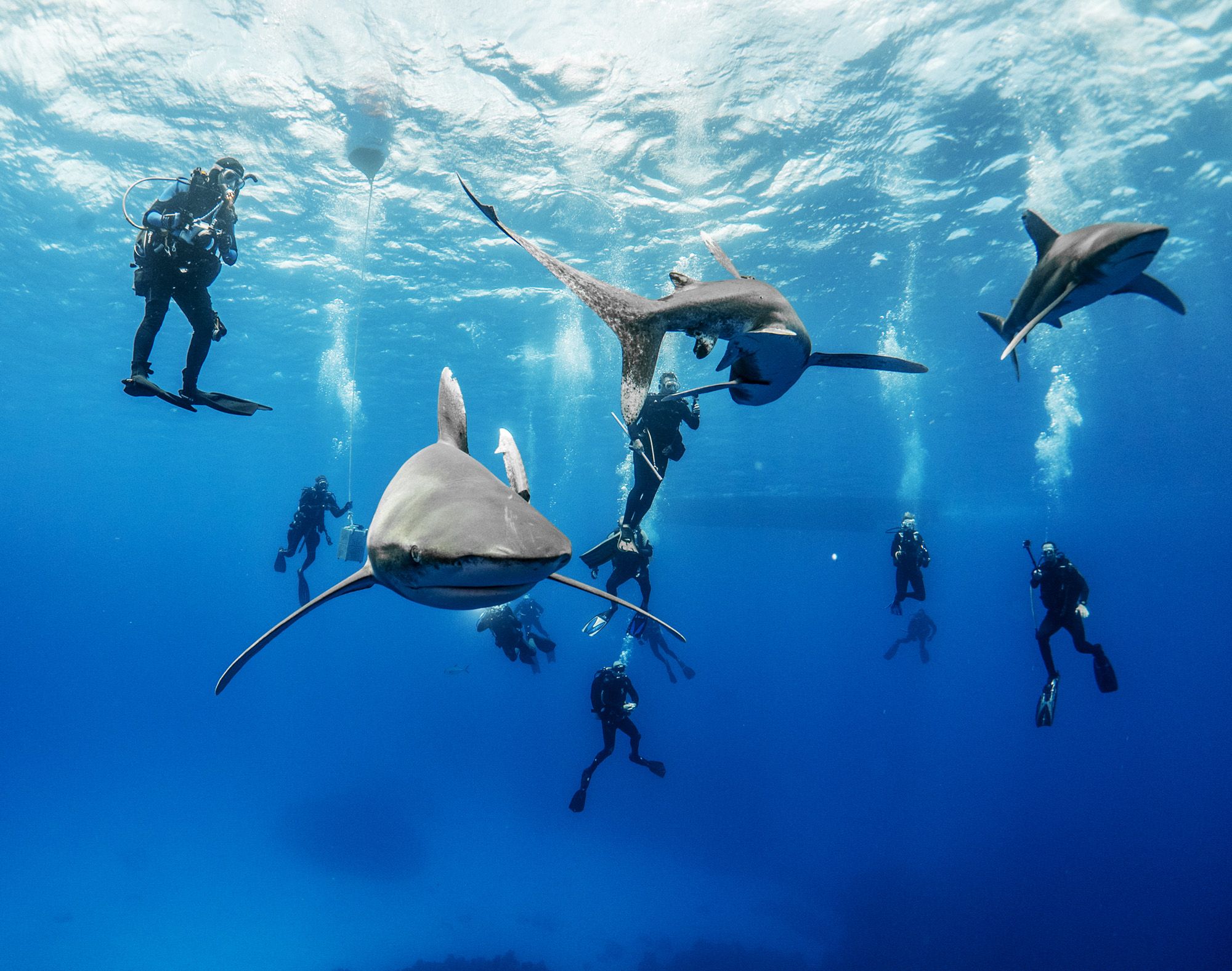
It will only take about 30 minutes to get to Cat Island from Nassau by plane. That’s more than enough time to get primed and excited for a shark dive on this beautiful island. While only 48 miles long and 4 miles wide, Cat Island is one of the best diving sites in The Bahamas. The island is particularly alluring for shark diving because it is one of the best places on the planet to see Oceanic Whitetip Sharks. This shark species usually dwells in the deeper waters but tends to come closer to shore in the spring, especially around the time of tuna migration.
In addition to Whitetip Sharks, it is also possible to find Silky Sharks and Dusky Sharks while diving around Cat Island. You may also see Tiger Sharks, Great Hammerheads, Blue Sharks, and even Blue Marlins and stingrays. In March, chances are high near Cat Island for also seeing Thresher Sharks, which are commonly found in temperate and tropical oceans. Thresher Sharks are the curious sort and are known for getting close to divers.
Ultimately, what you’ll see while shark diving around Cat Island depends on the season and the timing of your dive. One thing’s for sure - you will almost certainly have sightings in this area that’ll make your dive worthwhile!
Tips for shark divers visiting The Bahamas
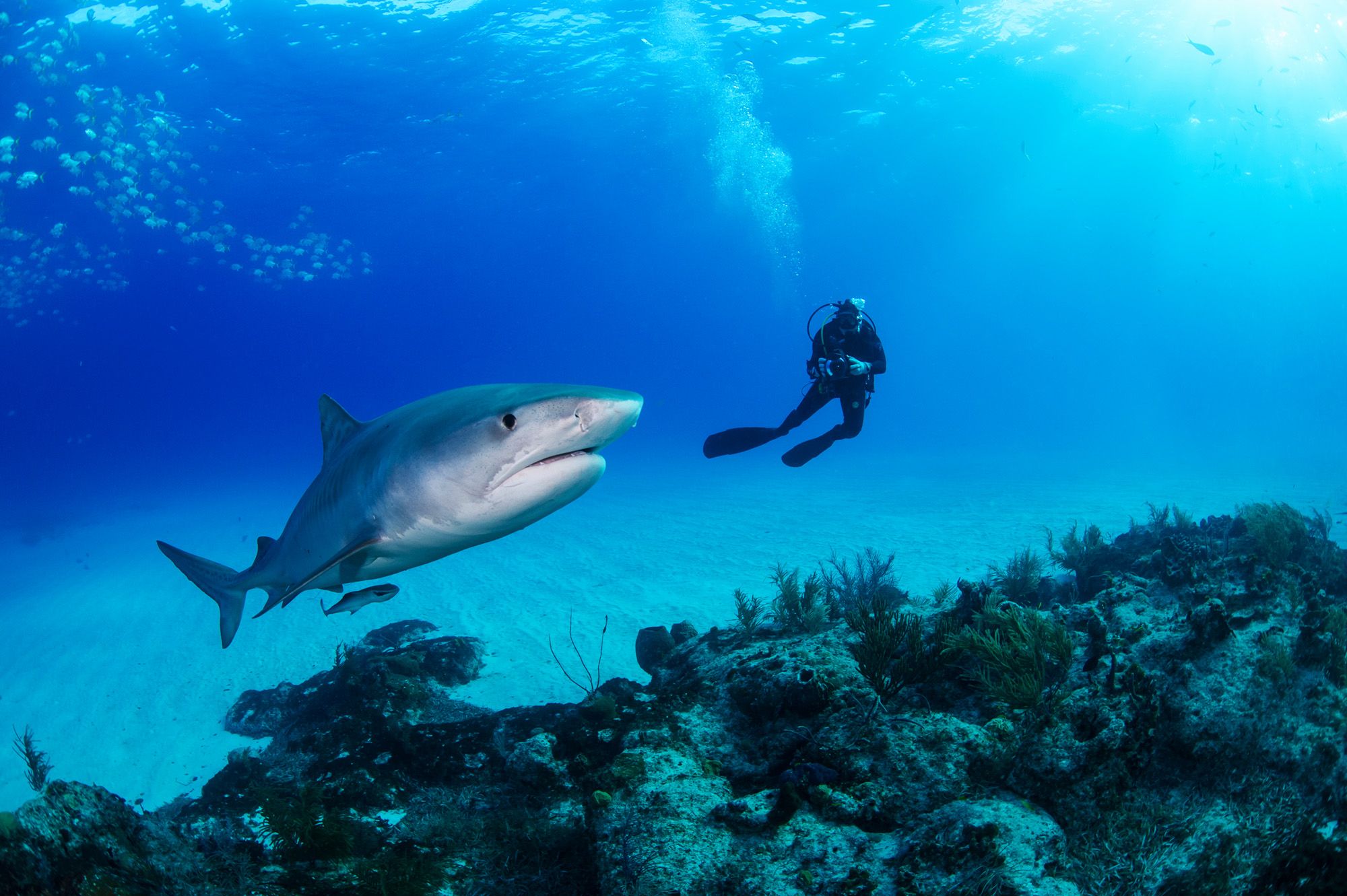
Whether it’s your first dive or you’re shark diving in a new place, it’s important to know what to expect. Here are some more shark diving tips, including what to bring:
-
Don’t turn your back on an approaching shark. It is important to be as cautious and attentive as possible during this experience.
-
When you encounter a shark, stay very still.
-
Do not try to touch the sharks.
-
Avoid shark diving at dawn, dusk, or at night when some species move inshore to feed on fish.
-
Avoid shiny jewelry which might appear to be fish scales to sharks.
-
High contrast clothing is generally not recommended. Black wetsuits are usually the go-to for shark diving. These are more neutral compared to gray or white suits which sharks can confuse with fish.
-
It might be comforting to keep something in your hand that you can use to guide too-curious sharks away from you, like a PVC pipe. Typically, you won’t need this as your guides will be there constantly to ensure you’re comfortable and safe.
What to bring
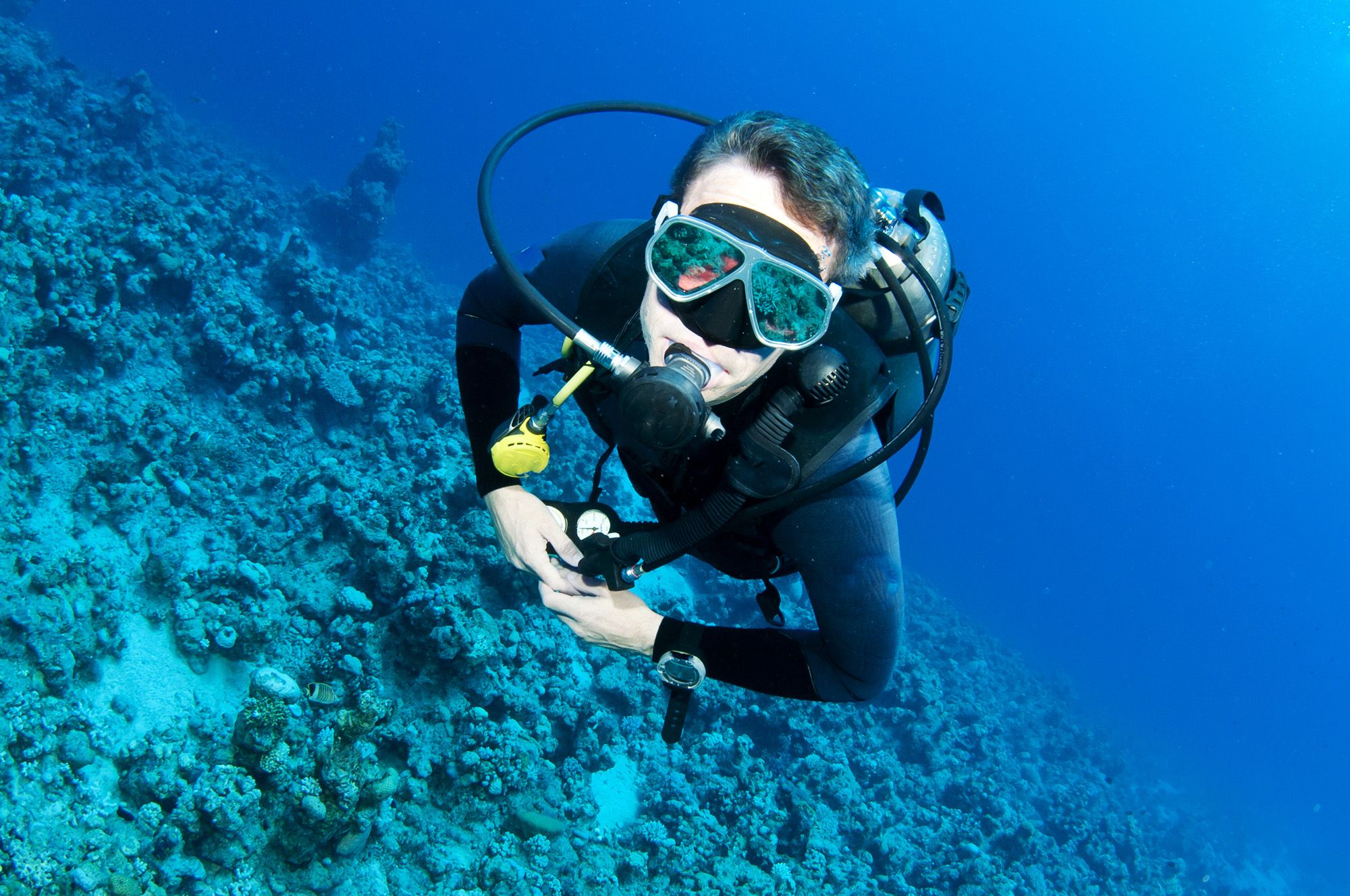
If you’re serious about shark diving during your trip to The Bahamas, you’ll need to decide whether to bring your own diving gear or rent gear when you arrive. Renting dive gear can be helpful as it allows you to pack light. In addition to dive gear, you’ll also need a wetsuit or two. Black wetsuits are generally recommended for shark diving (as explained in our tips above).
Ahead of your trip, you should check with your dive company to confirm what’s included with your dive, and what you’ll need to bring along. In addition to dive gear and suits, you may also like to pack some snacks, drinks, water, and anything else you’ll want to have with you on the trip.
Tip: Professional scuba diving gear is free to use for guests at all-inclusive resorts like Sandals Royal Bahamian and Sandals Emerald Bay, which relieves the stress of packing some of your dive gear.
The best time to shark dive in The Bahamas
The best time to visit The Bahamas overall is December to Mid-April when the weather is likely to be optimal. However, if you are looking to shark dive in The Bahamas, you may want to consider what species of shark you hope to encounter beforehand. There are certain times of the year when you’re more likely to see sharks, or a particular shark species, in The Bahamas. This can vary from month to month and it will help to ask questions relating to timing while booking your dive vacation.
Some sharks, like White and Blacktip Reef Sharks, Oceanic Whitetip Sharks, and Tiger Sharks, can be found year-round. To see a Bull Shark in the wild, travel between February and April. Hammerhead sightings are most common between December and February. If it’s enormous Whale Sharks you want to encounter, a January or February trip would be your best bet.
To get the timing right, it helps to decide what kind of shark dive experience you’re looking for ahead of time.
Get ready for a once-in-a-lifetime shark encounter!
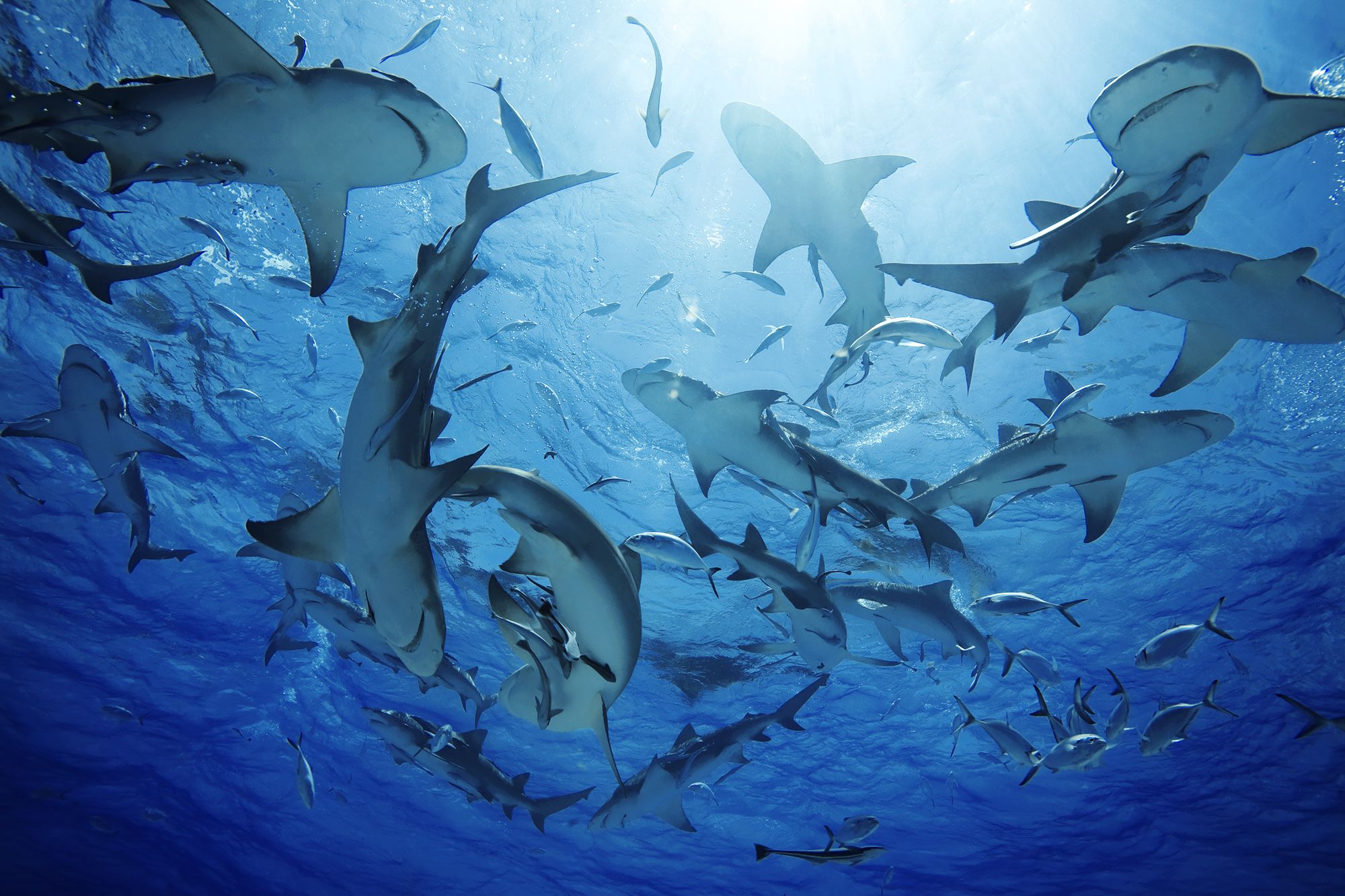
Prepare to dive down to the sandy bottom of the Bahamian ocean and come face-to-face with the most majestic creatures of the deep! You’ll capture breathtaking photos that will make your friends envious and have an otherworldly experience in this remarkable Caribbean destination.
If you’re counting the days until you can finally enjoy the rush of shark diving in The Bahamas, consider staying in the comfort of a luxurious suite at Sandals Royal Bahamian and booking this professional shark dive from $220 USD per person.
The best part? After your dive, you can enjoy unlimited food and (alcoholic) drinks at any of the ten on-property restaurants, at the swim-up bar, or on the beach of Sandals’ private offshore island!
